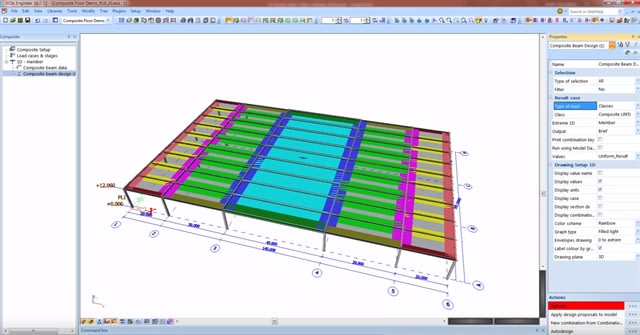Owen N
Mechanical
- Jul 13, 2017
- 22
I am making a small engine cylinder head on a "Micro" lathe.
I am working of a domed recess in the main chamber, which is the squish area of a two-stroke.
I found that if I come straight in from the front side, then cut towards the centre,
I need zero top rake, a fair bit of front rake, and a big radius cutaway to clear the the curvature of the chamber.
The material is 6063, I think, and fairly soft.
It is very slow going with the tiny lathe.
It is very chattery with just weak coolant (1:50) but removes material at a reasonable rate.
With spray cutting oil, it makes a smoother surface, but barely scrapes the material off.
It does remove some, eventually.
Questions?
1) How do I deal with increasing curvature as I get closer to the middle?
2) are there more favoured tool nose shapes? I have one narrow and one wider tip.
3) I have found if I feed in at about 15 degrees inwards by using both feeds, but a square tool, it seems to cut better.
4) should I revert to a more spade-shaped tip? This one is optimised for the mating seat for the barrel,
52mm in diameter, outer, 3.5mm recessed, 3mm cylinder wall thickness.
5) what is a better tooth form to mount at an angle in the holder? Do tools need to approach the work at an angle, or just be square on?
6) do I have to cut inwards from the outside?
7) should I bore a shallow central hole, then take 15-20 degree slices into the hole?
8) I see some tools have several other rakes. Are these worth bothering with?
a) a cross-tool "curling" rake.
b) a back-rake across the front of the tool,- away from the direction of cut.
I don't think there is any chance of getting a continuous coil of swarf with this material.
9) should I add more side-rake in the direction of cut? - towards the centre of the head.
I am quite an amateur lathe-user, and the more "brute force" approach doesn't really work with such a tiny lathe.
I tried using top rake, but the tool seemed to dive into the workpiece, then knock back the longways travel bed locks.
This leave deep tool marks.
I suppose on a bigger machine it would jam or break the tool.
The whole machine is noticeably flexible, being made of fairly thin extrusions.
The other tool tip I have is just full width, which was good for smoothing the cylinder mating area, but not so good at removing a lot of material.
Is there any online documentation going into this area in detail?
What titles should I look for?
It is sort of over-specialised for a YOUtube video.
I am working of a domed recess in the main chamber, which is the squish area of a two-stroke.
I found that if I come straight in from the front side, then cut towards the centre,
I need zero top rake, a fair bit of front rake, and a big radius cutaway to clear the the curvature of the chamber.
The material is 6063, I think, and fairly soft.
It is very slow going with the tiny lathe.
It is very chattery with just weak coolant (1:50) but removes material at a reasonable rate.
With spray cutting oil, it makes a smoother surface, but barely scrapes the material off.
It does remove some, eventually.
Questions?
1) How do I deal with increasing curvature as I get closer to the middle?
2) are there more favoured tool nose shapes? I have one narrow and one wider tip.
3) I have found if I feed in at about 15 degrees inwards by using both feeds, but a square tool, it seems to cut better.
4) should I revert to a more spade-shaped tip? This one is optimised for the mating seat for the barrel,
52mm in diameter, outer, 3.5mm recessed, 3mm cylinder wall thickness.
5) what is a better tooth form to mount at an angle in the holder? Do tools need to approach the work at an angle, or just be square on?
6) do I have to cut inwards from the outside?
7) should I bore a shallow central hole, then take 15-20 degree slices into the hole?
8) I see some tools have several other rakes. Are these worth bothering with?
a) a cross-tool "curling" rake.
b) a back-rake across the front of the tool,- away from the direction of cut.
I don't think there is any chance of getting a continuous coil of swarf with this material.
9) should I add more side-rake in the direction of cut? - towards the centre of the head.
I am quite an amateur lathe-user, and the more "brute force" approach doesn't really work with such a tiny lathe.
I tried using top rake, but the tool seemed to dive into the workpiece, then knock back the longways travel bed locks.
This leave deep tool marks.
I suppose on a bigger machine it would jam or break the tool.
The whole machine is noticeably flexible, being made of fairly thin extrusions.
The other tool tip I have is just full width, which was good for smoothing the cylinder mating area, but not so good at removing a lot of material.
Is there any online documentation going into this area in detail?
What titles should I look for?
It is sort of over-specialised for a YOUtube video.




